Portovenere, the town
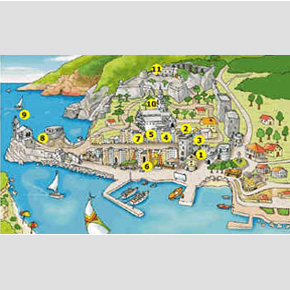
ITINERARY
The yellow numbers correspond to the different sights and stops
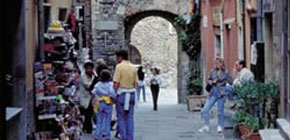
1. ENTERING THE TOWN
On entering the Romanesque gateway through the town walls, which date back to 1160, one notes the arch, reduced in size twice during its long life. You’ll also see the inscription “Colonia Ianuensis 1113”, and below, on the left-hand side, three marble objects once used to measure grain and wine. On the wall above, you can admire Portovenere’s coat of arms: three towers symmetrically arranged along a rocky slope. Still today, this is the emblem of our municipality.
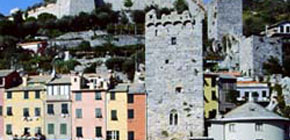
2. TORRE CAPITOLARE
Located to the left of the door that leads to Via G. Capellini. Its distinctive note is the rustic ashlar masonry with roughly shaped stones, somewhat softened by mullioned windows on the upper floors.
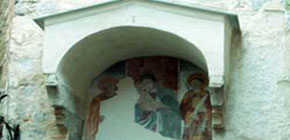
3. A FRESCO DATING BACK TO 1494
There’s a large aedicule above the door: it houses the “White Madonna” a 15th-century fresco that portrays the patron saint of Portovenere. The fresco, discovered in 1896, has been restored numerous times.
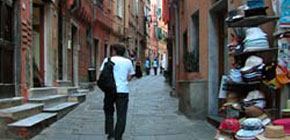
4. CARUGIO O VIA G.CAPELLINI
The main street and a fascinating vestige of the past: its distinctive features make it a veritable landmark, to be preserved and cherished for future generations.
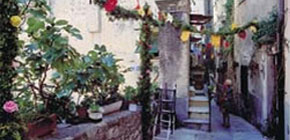
5. CARUGIO (VIA G. CAPELLINI) THE STAIRWAYS
Entering the Carugio you’ll find the “Ascent to the Castle” on the right. Three other stairways lead to the higher part of the town, or “da d’auto” as the locals say.
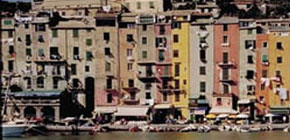
6. THE CAPITOLI
Two characteristic vaulted stairways, known as the 1st and 2nd “Capitoli”. In ancient times these provided access to the cliff that surrounded the fortress-houses. Today, they lead to the “Calata” where most of the maritime activity and sightseeing take place.
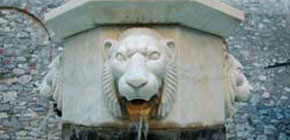
7. PIAZZA P. CENTINARO A
Halfway down the Carugio you can see a beautiful little square dedicated to P. Centinaro, a local benefactor. The fountain is built above the “public water tank” built by the Genoese to collect rainwater.
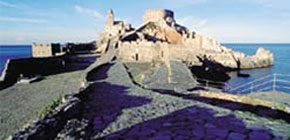
8. SPALLANZANI SQUARE
Where the ancient pre-Roman “Castrum Vetus” once stood. The square is dedicated to L. Spallanzani (1729-1799), a naturalist and biologist who paid an extended visit to Portovenere in 1783, digging deep into his studies on the local stratigraphy.
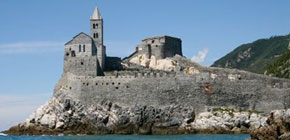
9. S. PIETRO CHURCH
The studies of some archaeologists suggest the existence of a temple, perhaps dedicated to Venus Ericina (hence the name “Portovenere”), then transformed, in the early days of Christianity, into a Christian temple. In 1256, out of gratitude to the Portovenere settlers who contributed to the conquest of the Castle of Lerici, the Genoese decided to erect a church dedicated to St. Peter, San Pietro in Italian, on the premises of the pre-existing early Christian temple. The architectural model adopted was the one known as “Genoese Gothic”.
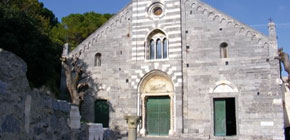
10. S. LORENZO CHURCH
Built by the famous Magistri Antelami between 1116 and 1130, it boasts a Romanesque façade. Throughout the 868 years since it was first opened for worship, S. Lorenzo has maintained its original triple-nave structure with round arches supported by black stone columns, some of which were replaced by white Carrara marble columns in 1582.
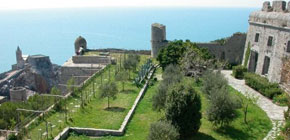
11. THE CASTLE
Of pre-Genoese origin or erected by the Genoese in 1161? Nobody knows. The castle’s highest section, with the monumental gate that allows for access to the curtain-rampart and large rectangular “hypostyle” hall, dates back to 1458.